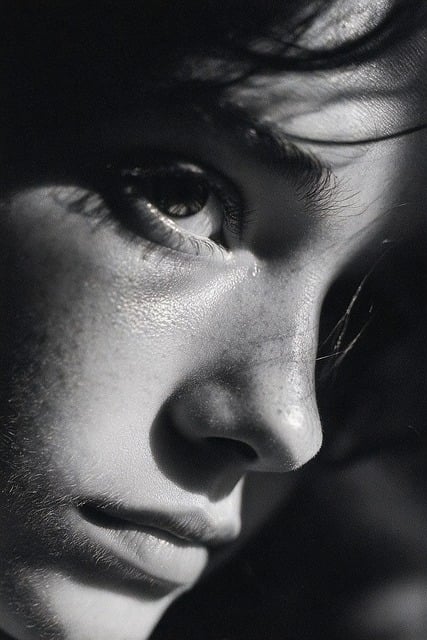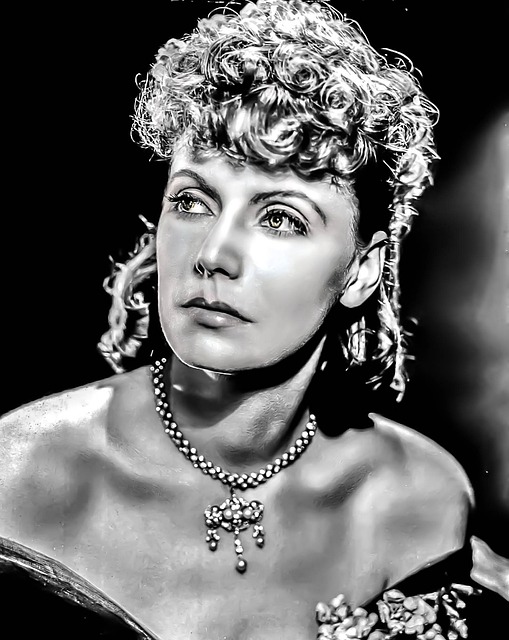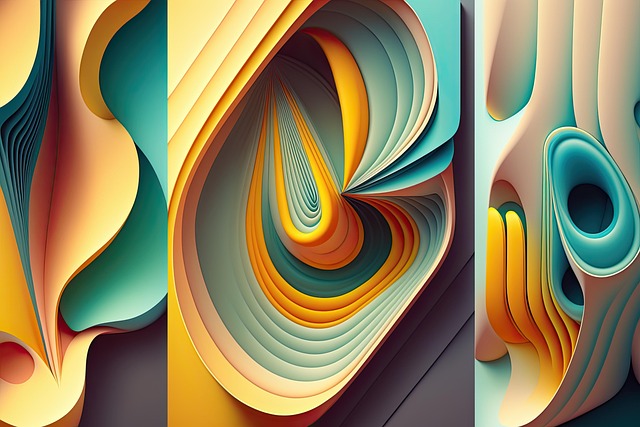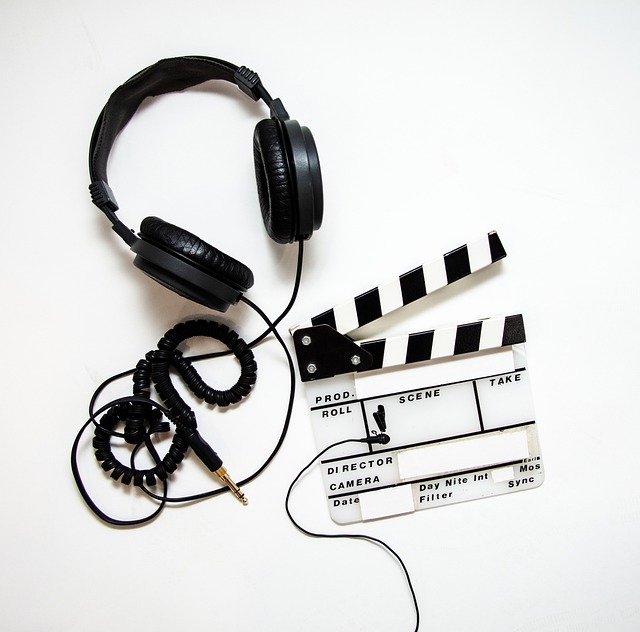
Indie filmmakers maximize creativity with low-budget composition techniques, leveraging visual storytelling, sound design, and accessible technology to produce captivating films. Through innovative lighting, camera angles, post-production, and character development, they create unique narratives that engage audiences and stand out in the market.
“Unleash your creativity with these essential filmmaking techniques tailored for indie filmmakers. In this comprehensive guide, we explore cost-effective strategies for crafting captivating films. From composing visually stunning shots on a low budget to harnessing the power of sound design and post-production magic, you’ll discover how to elevate your film art. Learn about building compelling characters through dialogue and performance, mastering lighting and camera techniques, and the art of editing and color grading to give your indie film the cinematic edge it deserves.”
- Mastering Low-Budget Shot Composition
- Storytelling Through Visuals and Sound Design
- Building Characters: Dialogue and Performance Art
- Lighting and Camera Techniques for Indie Films
- Post-Production Magic: Editing and Color Grading
Mastering Low-Budget Shot Composition
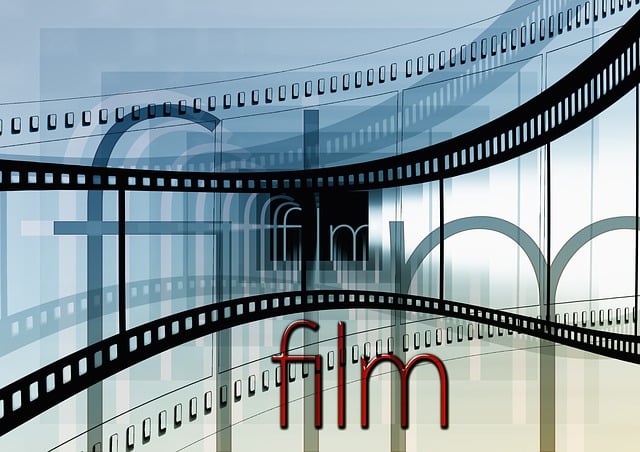
In the realm of indie filmmaking, where resources are often limited, mastering low-budget shot composition is a game-changer. It’s about creating visually appealing and meaningful scenes using simple tools and ingenuity. Filmmakers can elevate their craft by understanding basic visual storytelling techniques. For instance, playing with framing, angles, and movement within a scene can add depth and intrigue, even without costly equipment. A tight budget shouldn’t hinder creativity; instead, it encourages filmmakers to explore unique locations, utilize natural lighting, and get creative with props and costumes, as seen in many successful remakes & reboots that have made an impact despite limited resources.
By focusing on composition, indie filmmakers can make their projects stand out. This skill involves learning to capture the essence of a scene through framing—a simple yet powerful tool. For example, a close-up can convey raw emotion, while a wide shot establishes an environment or tells a character’s isolation. With a bit of knowledge in film theory and some experimentation, aspiring filmmakers can create captivating visuals that engage audiences. Additionally, exploring scholarship opportunities and entrepreneurial ventures within the industry can further support their artistic endeavors, ensuring the preservation of these creative stories for years to come. Find us at costume as narration—we’re here to help you dive into these techniques and unlock your film’s potential.
Storytelling Through Visuals and Sound Design

In the realm of filmmaking, storytelling isn’t solely defined by dialogue or narrative; visuals and sound design play an equally pivotal role in captivating audiences. Indie filmmakers often look beyond traditional scholarship opportunities to weave compelling tales visually, understanding that cinematic language can transcend cultural barriers. By mastering techniques such as framing, camera movement, and lighting, they create a visual narrative that resonates deeply with viewers.
Integrating sound design strategically enhances the storytelling process. From ambient noises setting the atmosphere to carefully chosen music underscoring emotions, sound becomes another brushstroke in the digital conservation of cinematic language. For instance, using green screen technology allows filmmakers to transport actors and environments into fantastical realms, opening up a world of creative possibilities. Visit us at experimental films anytime for insights that revolutionize your approach to storytelling through visuals and sound design.
Building Characters: Dialogue and Performance Art
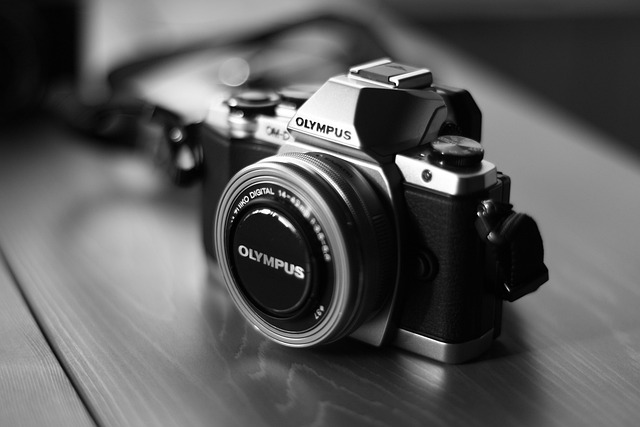
Building compelling characters is an art that indies filmmakers can master through the power of dialogue and performance art. These tools allow filmmakers to peel back layers of personality, motivations, and conflicts, making characters relatable and memorable. Crafting authentic dialogues that reflect real-world conversations, rather than stilted exchanges, brings depth and nuance to interactions on screen. By observing and emulating natural speech patterns, filmmakers can create dialogue that feels genuine, even in fantastical or historical settings.
Performance art is equally vital, as actors bring characters to life through physicality, tone of voice, and subtle gestures. Inductive performances encourage viewers to connect emotionally with characters, fostering a deeper understanding of their inner lives. Whether exploring complex themes through critical analysis or tapping into fan theories that spark imagination, well-developed characters resonate long after the film ends. Engaging audiences on an emotional level is a key aspect of filmmaking, and it starts with building characters that feel alive through dialogue and performance art, ultimately elevating the cinematic experience for all viewers. Find us at academic research for more insights into these techniques.
Lighting and Camera Techniques for Indie Films

Filmmaking for indie filmmakers often involves creative problem-solving, leveraging accessible technology, and unique storytelling techniques to stand out in a crowded market. When it comes to lighting and camera, indie filmmakers can challenge themselves to go beyond standard setups, exploring experimental techniques that enhance mood, depth, and visual language – distinctions that can make the film feel more authentic and distinct from mainstream productions.
While professional equipment is readily available, understanding how to manipulate natural light or employ unconventional camera angles can significantly impact a film’s aesthetic. Indie vs. mainstream films often find separation in their willingness to embrace riskier, more artistic choices. Fan theories and cinematic metaphors can be potent tools for indie filmmakers, allowing them to weave creative narratives that resonate with audiences on a deeper level. Whether capturing raw, documentary-style footage or crafting meticulously composed shots, the goal is to create a visual experience that complements and amplifies the story being told, drawing viewers into a world where fiction and non-fiction blur, much like the magic of costume as narration film theory suggests.
Post-Production Magic: Editing and Color Grading

Post-production is where the magic happens, transforming raw footage into a captivating film. Editing plays a pivotal role in shaping the narrative flow and rhythm and pace of the film, allowing filmmakers to tell their stories with precision and impact. Skilful editing can enhance emotional connections, build tension, or provide moments of relief, all while keeping the audience engaged. It’s an art that involves careful selection, arrangement, and manipulation of scenes to create a seamless whole.
Color grading is another powerful tool in the post-production arsenal, enabling filmmakers to enhance the visual storytelling of their film. By adjusting color values, contrast, and saturation, they can set the mood, convey emotions, or even transport viewers to different worlds. This process, often referred to as the “look” of a film, can make a significant impact on how the audience perceives and remembers the cinematic experience. With creative color grading, indie filmmakers can give their projects a unique identity and stand out during award seasons. Consider reaching out to professionals or giving us a call at popular culture influence filmmaking workshops for guidance on mastering these essential post-production techniques.
Indie filmmakers, armed with creativity and passion, can now unlock a world of cinematic possibilities. By mastering low-budget shot composition, harnessing the power of visual and sound design, and exploring innovative dialogue and performance art, creators can craft compelling narratives. Lighting and camera techniques tailored to indie films elevate storytelling, while post-production magic through editing and color grading allows for final touches that make each film unique. With these proven filmmaking techniques, independent filmmakers are ready to captivate audiences and leave their mark on the world of cinema.
